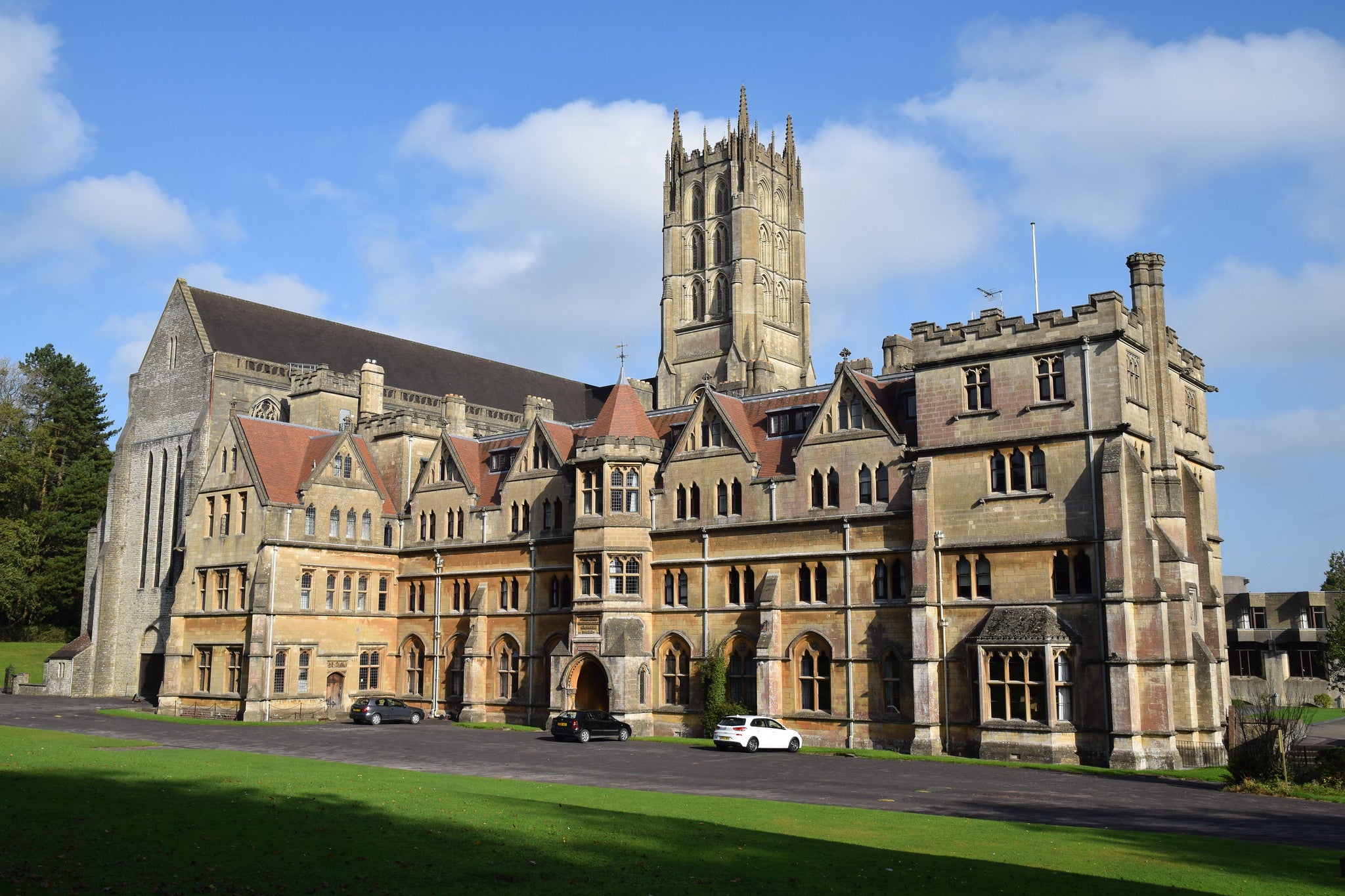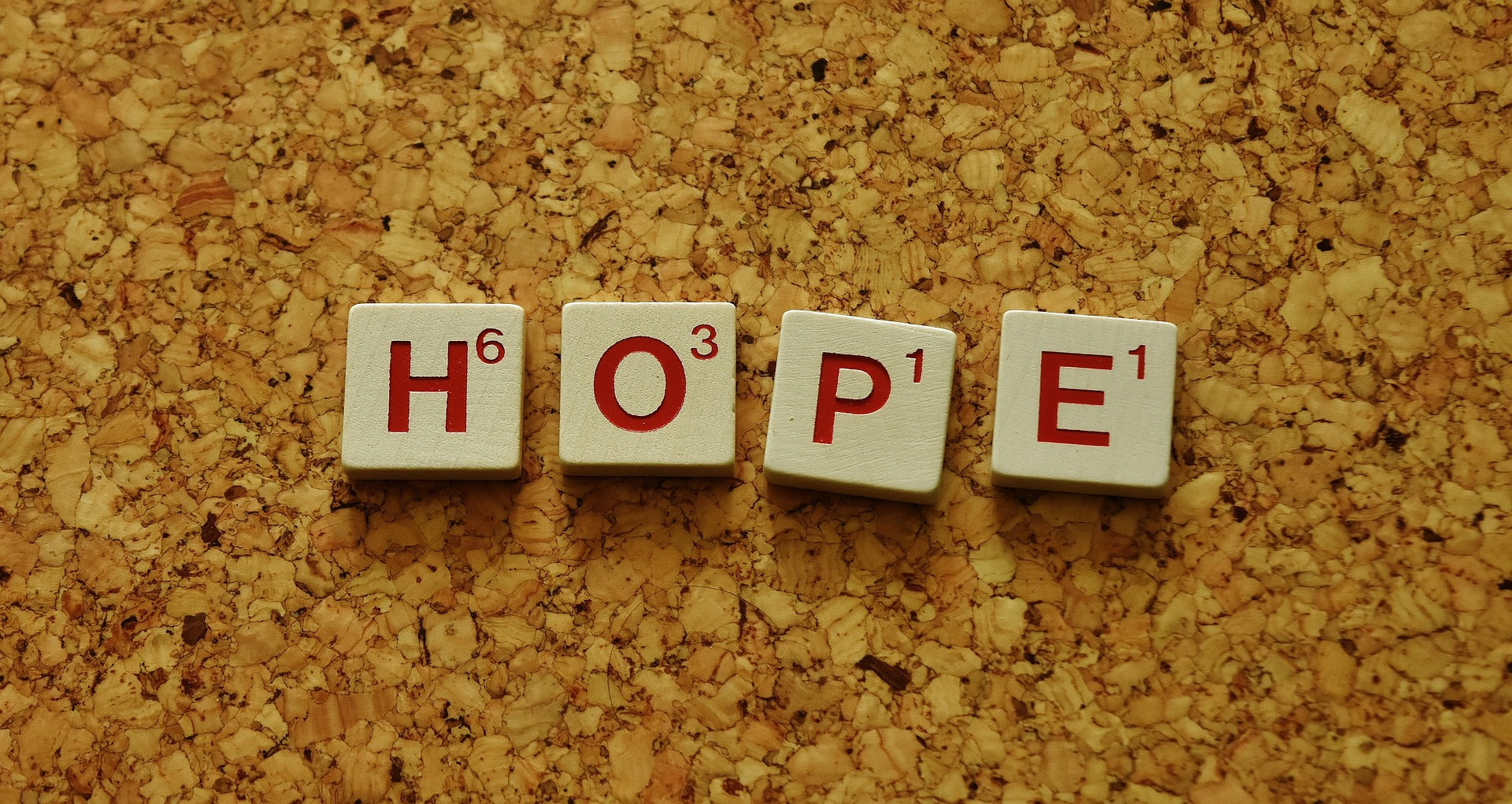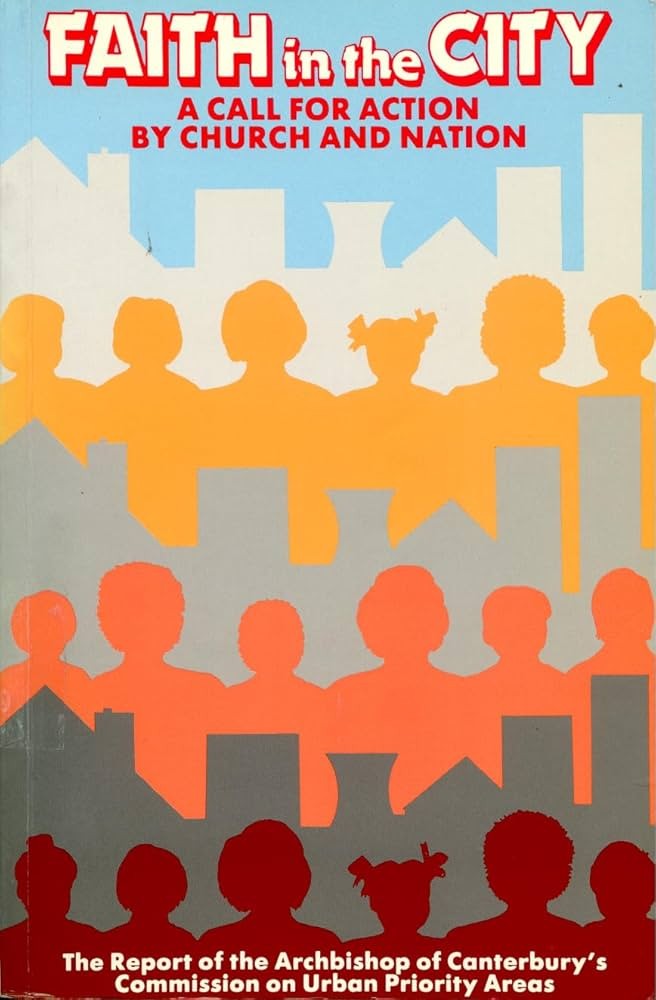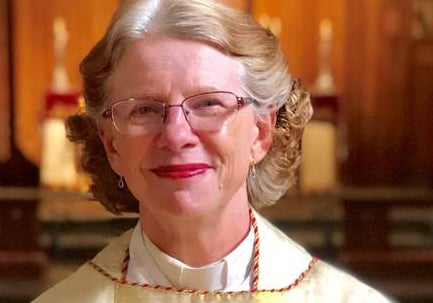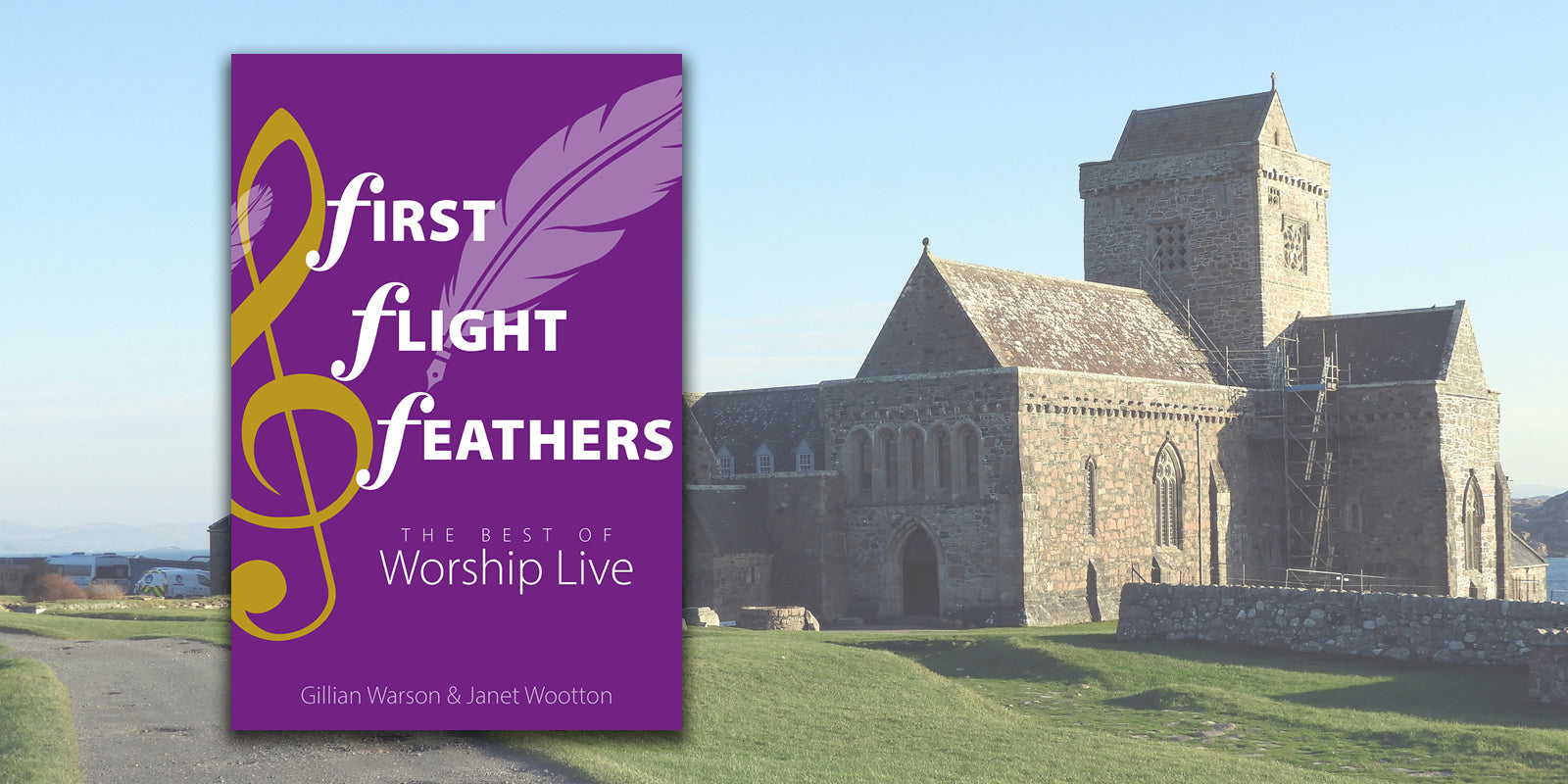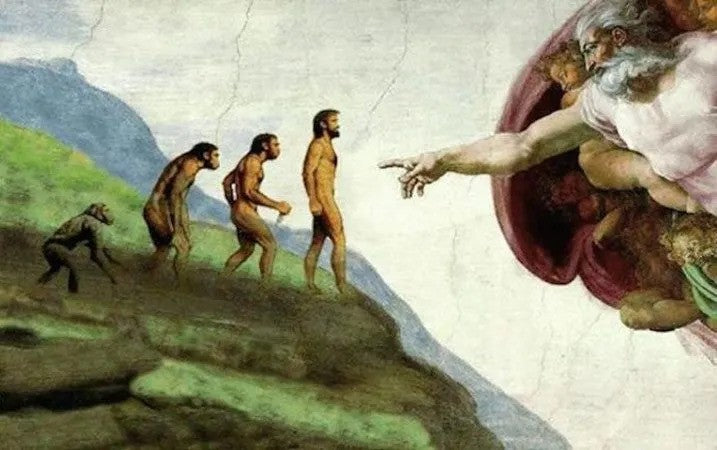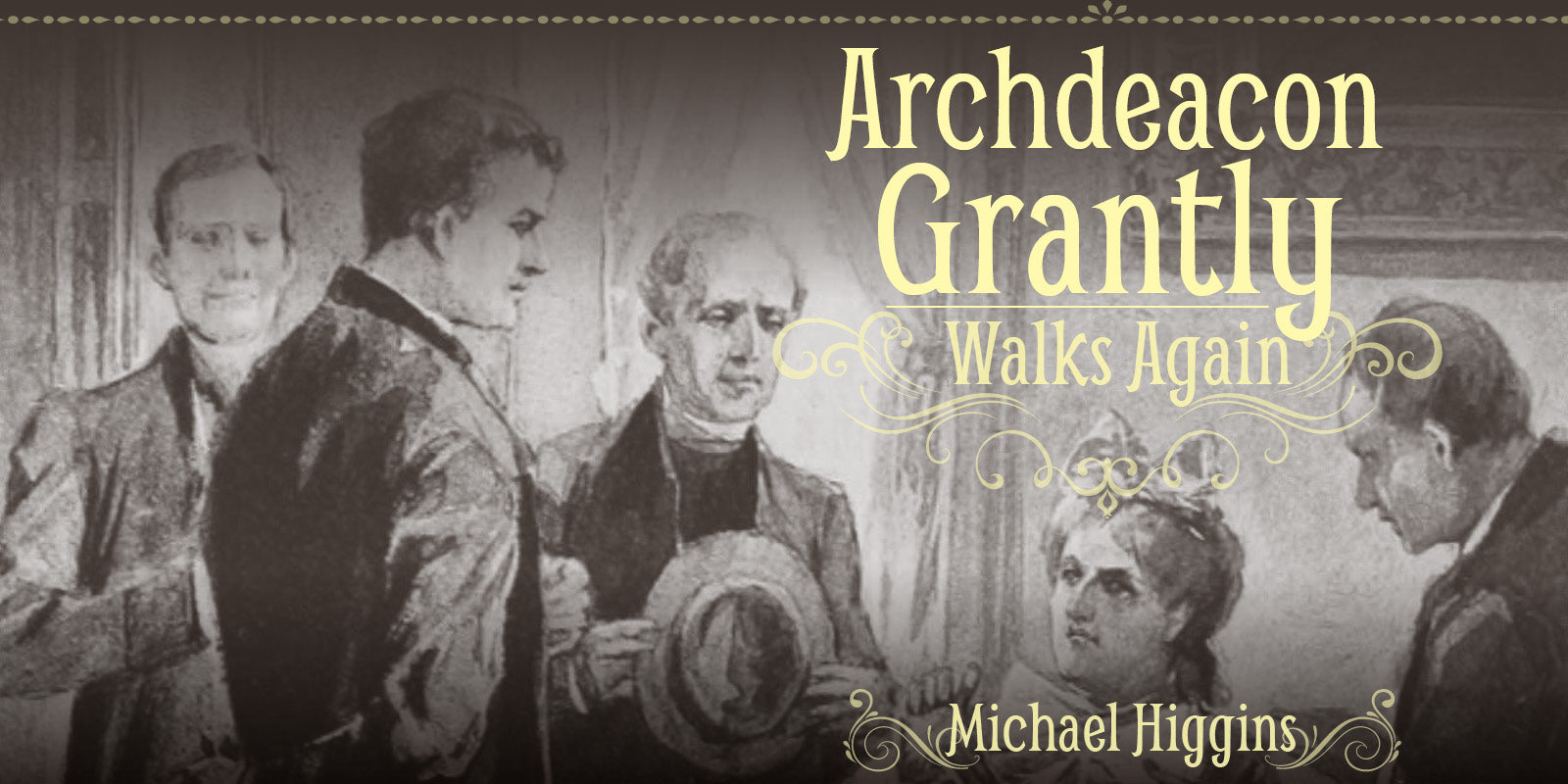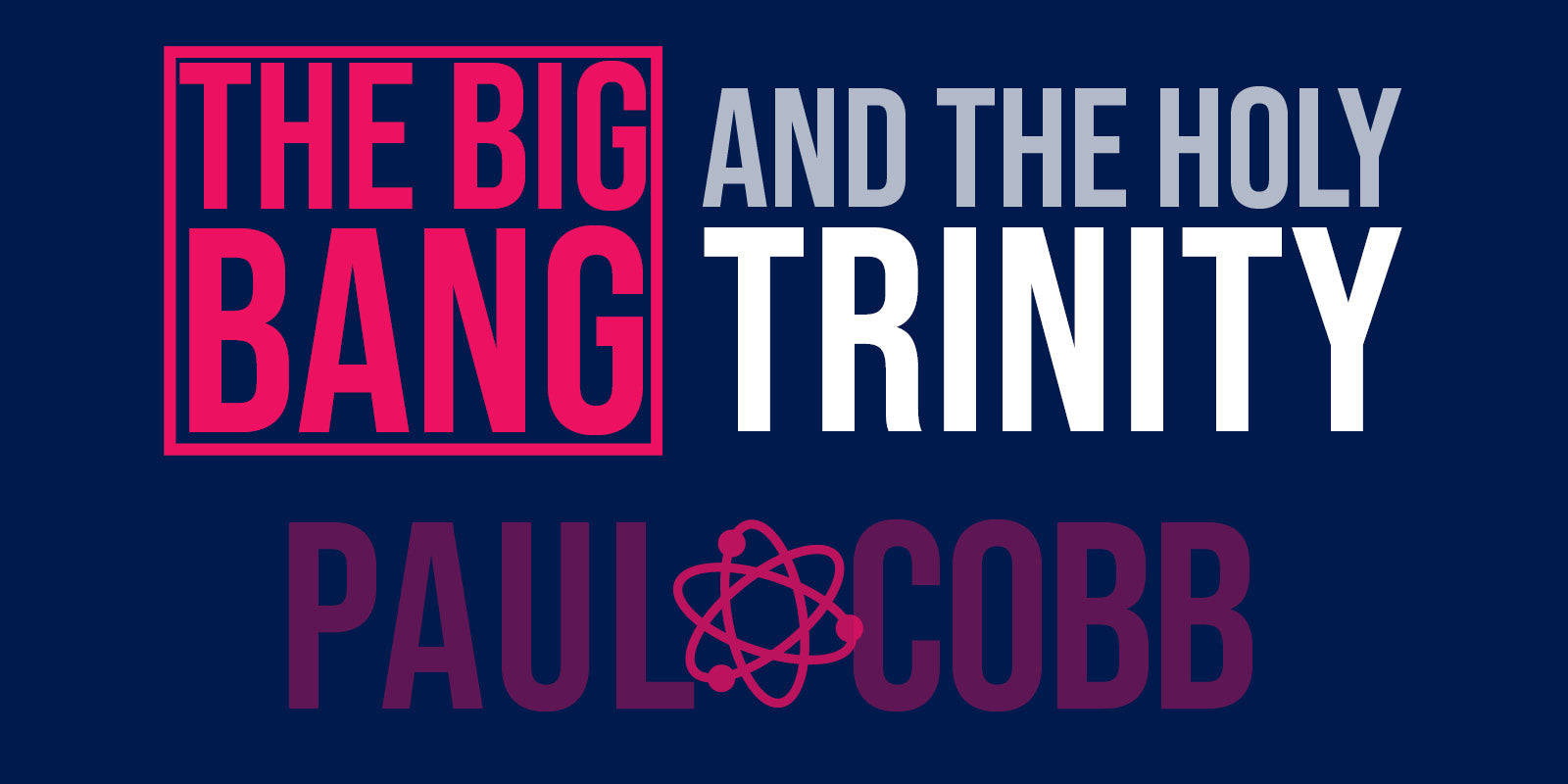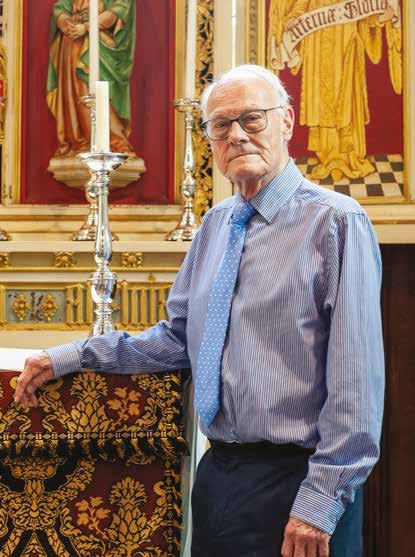Image: Hugh Llewelyn/Flickr (CC BY-SA)
Among those who died in the First World War were many pupils of distinguished Catholic schools whose legacy is still remembered today. Mark Cleary, author of Educating in Faith, considers that legacy.
Standing in the nave of the magnificent Downside Abbey one could be forgiven for imagining it as an integral part of a centuries-old building whose tower dominates the Somerset countryside. The Abbey, together with the adjacent Downside school and monastery, is in fact relatively recent, a product of post-Emancipation Catholicism in which the Benedictine community played an important part through its monks, monastic activity and public school. The nave is actually one of the last major additions to the Basilica and was built in 1925. At the back of the nave is a memorial with the names of more that one hundred Old Gregorians (old boys of the school) who died in the Great War and to the left, bordering the Gallery Chapels, the tomb of Abbot Leander, the Head Master to so many of the boys commemorated here. A photograph of the dozen or so 1912 School ‘Captains’ in the Abbey Archives, a number of whom died in the War, reminds the historian of the young age and optimistic faces of so many of the Catholic schoolboys captured on the memorial wall.

As these schools grew, most sought to develop a Catholic elite that would be able to take its place in the Establishment and provide influence and power for the growing Catholic community. A “muscular Catholicism” imbued most of these schools, matching the character and ethos of their non-Catholic rivals. Large-scale investment in buildings (the monastery, Abbey and school was central to a number of the Benedictine schools), often the product of aristocratic donations, sat alongside a range of features in daily school life which, whilst having a central focus on spirituality, aped the wider public schools in terms of structures such as curriculum, an emphasis on sport (rugby and cricket as shapers of personal character) and the fabric of daily school life. The soubriquet of a “Catholic Eton” was regarded as the ultimate accolade for a number of these schools and, at various times in the twentieth century, at least four such schools would proudly claim that title. Military training through a nascent Officer corps was almost without exception central to the self-image of the Catholic public school.
 That brings us back to the war memorials which characterize so many of the Catholic public schools. Given that from the Reformation onwards Catholics had been regarded as in some ways “disloyal”, it is not surprising that, by the early twentieth century, the schools were quick to mirror the wider public-school ethos of military training and discipline. By the first decades of the twentieth century, Officer Training Corps, usually under the command of a retired officer, were present in almost all the Catholic public schools. They were, parents were told, an essential component in training the “character” of the boys, the “tone” of their schools and the unswerving loyalty of the new Catholic elite to Crown, country and Empire. The fact that many of these schools had significant numbers of Irish students in them created even more powerful motives for placing compulsory military training through drill, displays and camps at the core of the wider curriculum. The officer training corps was to remain a feature of both public schools generally, and the Catholic ones in particular, through to the present day. It is no surprise then to find powerful war memorials and memorial buildings in the churches and chapels of these schools as testament to the loyalty and nationalism at the heart of that public school education.
That brings us back to the war memorials which characterize so many of the Catholic public schools. Given that from the Reformation onwards Catholics had been regarded as in some ways “disloyal”, it is not surprising that, by the early twentieth century, the schools were quick to mirror the wider public-school ethos of military training and discipline. By the first decades of the twentieth century, Officer Training Corps, usually under the command of a retired officer, were present in almost all the Catholic public schools. They were, parents were told, an essential component in training the “character” of the boys, the “tone” of their schools and the unswerving loyalty of the new Catholic elite to Crown, country and Empire. The fact that many of these schools had significant numbers of Irish students in them created even more powerful motives for placing compulsory military training through drill, displays and camps at the core of the wider curriculum. The officer training corps was to remain a feature of both public schools generally, and the Catholic ones in particular, through to the present day. It is no surprise then to find powerful war memorials and memorial buildings in the churches and chapels of these schools as testament to the loyalty and nationalism at the heart of that public school education.
By the end of the twentieth century the pathways of the Catholic and non-Catholic public schools had largely coalesced. The challenges in terms of child abuse issues have been compounded in the Catholic case by a decline in religious vocations and the disappearance of the monk or priest from the school community. The political and financial challenges of recent decades impact equally on the Catholic and non-Catholic schools. Political challenges have recurred over the decades and contemporary debates about the inequities of private education, about charitable status and, presently, about tax exemptions will require continued adaptation. All the public schools, Catholic or otherwise swim in the same sea. Whether a spiritual, Catholic focus improves the long-term prospects of the Catholic public school remains to be seen. But that ethos of service and sacrifice exemplified in the Downside memorial nave is a reminder of the history, character and religious underpinnings that drove the creation and growth of the Catholic public school.
Discover the fascinating history of Roman Catholic public schools in England. Educating in Faith: A History of the English Catholic Public School by Mark Cleary is available from Sacristy Press, your local independent Christian bookshop, and all major e-book retailers.
